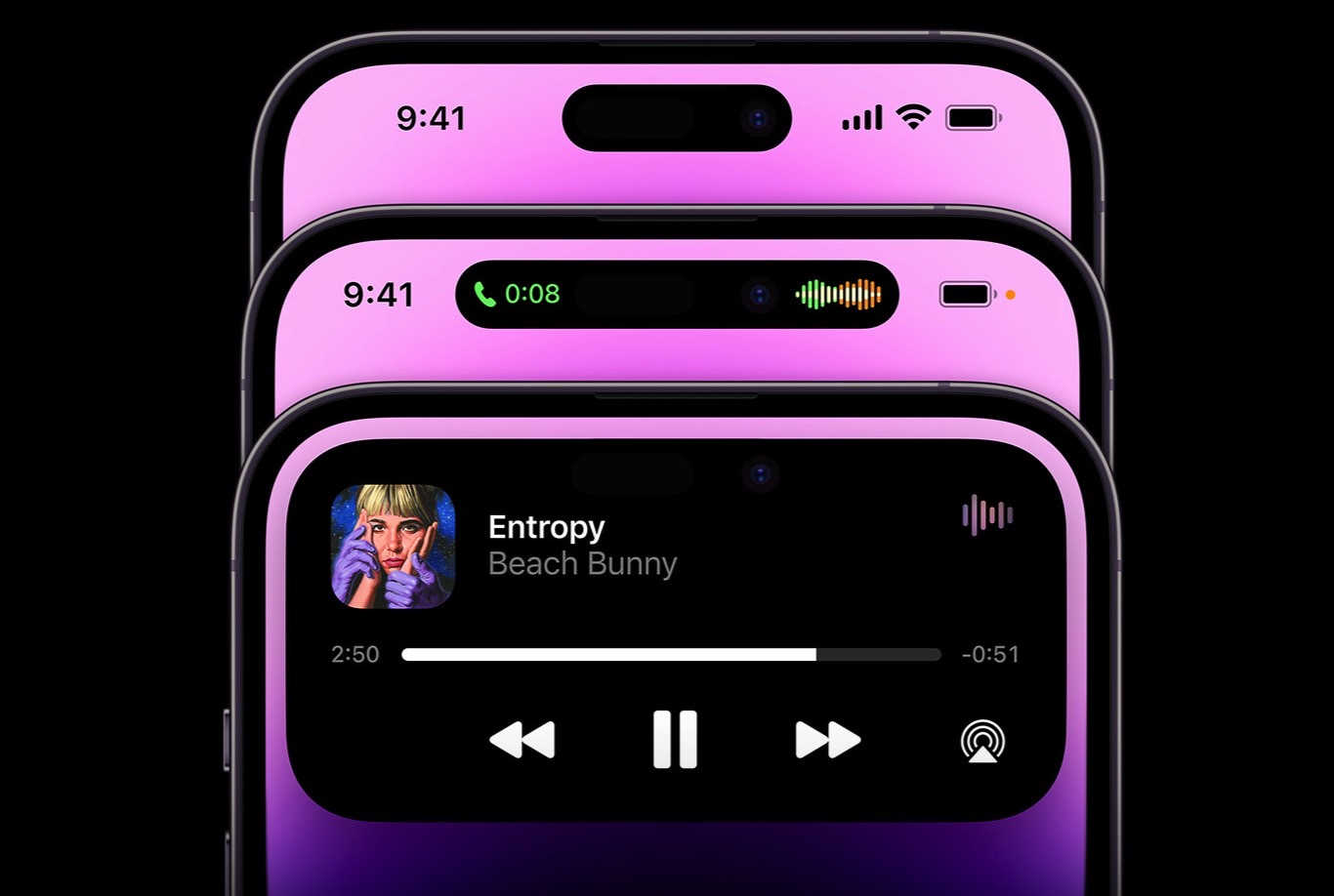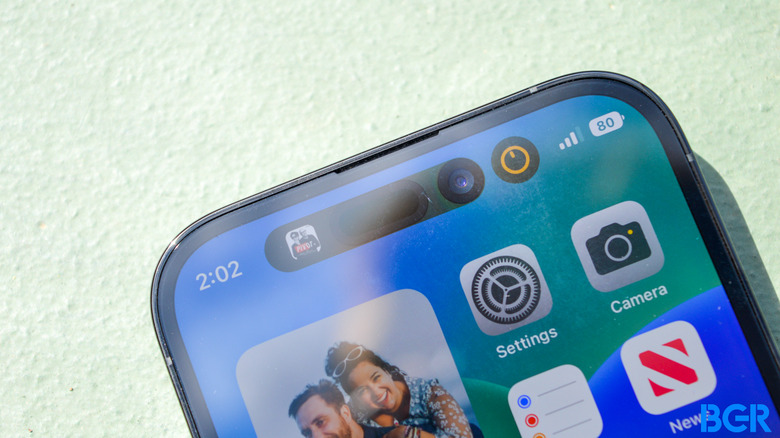iPhone 14 Pro Dynamic Island Requires Special Manufacturing Process From Samsung
The iPhone 14 series delivers the most significant screen redesign since the iPhone X. The iPhone 14 Pro and Pro Max feature a pill-shaped cutout at the top next to a hole-punch cutout. Apple merged the two by keeping the OLED pixels between the two holes turned off. That's how the iPhone 14 Pro Dynamic Island effect came to life.
But manufacturing a display with two holes that need to be drilled at the top isn't easy. And Apple had Samsung develop a particular technology to manufacture the screens without damaging them.
The Dynamic Island has been the talk of the town after Apple's iPhone 14 launch event. It's a brilliant software trick to make use of this design compromise. Apple reduced the size of the notch by using the dual-hole design. But the iPhone 14 Pro and Pro Max still have front-facing components that need to "pierce" the display. That's the selfie camera and the Face ID components.
Drilling holes through the layers of the display isn't easy, as it can expose the edge pixels to moisture and oxygen. This can lead to damage and quality issues that would be visible to the user.
That's why Apple made Samsung create a unique process to drill the holes. As a reminder, Samsung has been manufacturing hole-punch screens for years, so it has plenty of experience with these screen designs.

For the Dynamic Island cutouts, Apple had Samsung build a dam that separated the holes from the surrounding pixels. Samsung used inkjet equipment for the iPhone 14 Pro's cutouts instead of the laser tech it had in place. Apple reportedly preferred the inkjet method — from a Google translation of The Elec's report:
This is because of the first hole display applied to the iPhone 14 Pro lineup. To make a hole for the front camera lens, etc, at the top of the OLED screen, a hole must be drilled in the post-process (module process). If the thin film encapsulation is damaged, the OLED is exposed to moisture and oxygen, and the life span of the product is drastically shortened.
For this reason, Samsung Display is known to have used inkjet equipment to build a dam that separates the hole from the rest of the area after making thin film encapsulation and touch electrodes in the iPhone 14 Pro lineup OLED, and to flatten areas with uneven heights. Samsung Display was able to carry out this process using a laser rather than inkjet equipment, but it is said that Apple preferred the inkjet method.
Samsung makes displays for both the iPhone 14 Pro and the Pro Max. LG only supplies screens for the Pro Max models. But the company uses the same manufacturing process for the Dynamic Island cutout as Samsung.
